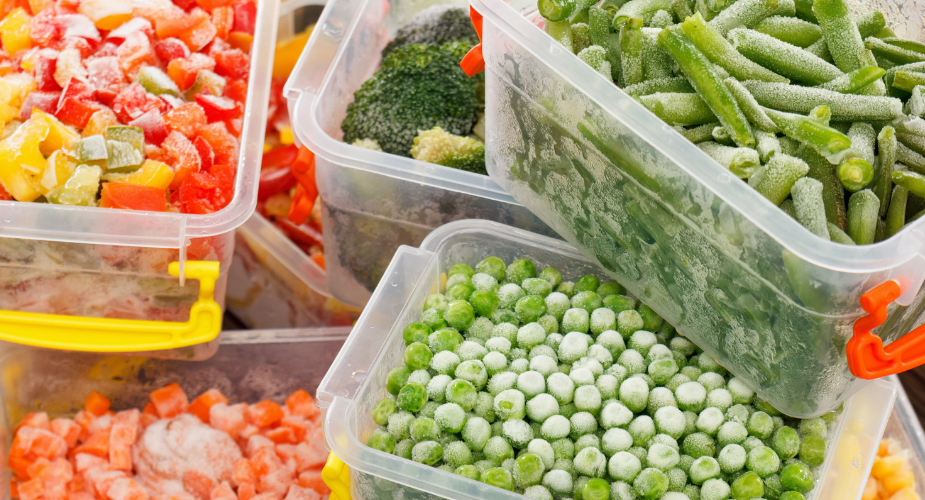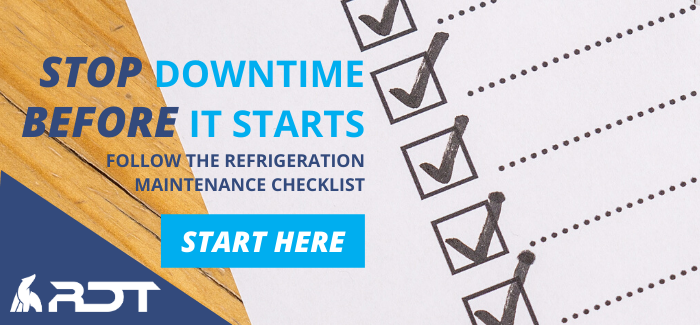Getting Creative with Leftovers: Safe Refrigeration Is the Key

Just like homes, foodservice operations can generate a lot of leftovers. Are you using those leftovers to prevent food waste and improve your bottom line?
Properly storing and reusing leftovers prevents expensive food waste. According to Sustainable Brands, "For every $1 invested in programs to reduce kitchen food waste, restaurants on average saved $7 in operating costs." As if that wasn't a large enough incentive on its own, Industry Statistics and Trends for 2022 show that 51% of consumers are more likely to support foodservice operations that operate in an environmentally-responsible manner.
Donating surplus food to feeding programs and composting remnants are two steps toward being more socially and environmentally responsible. However, they don't improve ROI as much as reusing leftovers in profitable dishes.
4 Steps to Reusing Leftovers
The most important factor in reusing surplus food is maintaining the safety and quality of your leftovers. Keeping them at the proper temperatures throughout their journey from a freshly delivered product to a delicious recipe reincarnation will ensure they remain healthy and delicious.
1. Refrigerate or freeze them right away
It's important to both chill and thaw food rapidly so that it's in the 'danger zone' of 40° to 140° F temps for as little time as possible. The FDA explains that dangerous bacterial strains such as E. coli, Salmonella, and C. botulinum grow rapidly at those temperatures and can wreak havoc on the food's safety. Never allow temperature-sensitive foods to sit out for more than two hours (one hour at room temps above 90° F.) to ensure it remains safe to eat. Quickly moving foods through this Danger Zone is an important way to ensure safety and preserve quality.
2. Use the appropriate thawing method
Thawing food on the counter may allow the exterior to reach bacteria-friendly temperatures while the inside is still frozen solid. According to the USDA, the three approved methods for thawing foods are in the refrigerator, immersed in cold water, or by using the microwave.
The Refrigerator: Planning well ahead is essential when using this method because of the long times involved. It can take a full day for a single pound of ground meat to thaw!
Cold Water Submersion: This method requires less time but more attention to detail. The food will need to be in completely leak-proof packaging which is then submerged in cold water. It's important to change the water every half-hour so that it remains cold as the food thaws. A 3 or 4-pound package of meat will thaw in just 2 or 3 hours using this method.
The Microwave: Only use this method if you intend to cook the food immediately. Microwaves typically thaw food unevenly and some areas will probably end up warmer than others. Parts of it may even begin cooking while the rest is still thawing. This unevenness can leave areas of the food at temperatures where dangerous bacteria begin growing.
Of course, you can just skip the thawing entirely and cook most food while it's still frozen. Just remember to allow for approximately 50% more cooking time to achieve the same results.
3. Make sure your walk-ins are at the proper temperature
Consistent, reliable temperatures in refrigerators and freezers are essential in preserving the quality of the food inside. More importantly, maintaining the proper temperature will help prevent the development of harmful microorganisms that can lead to foodborne illnesses.
Whether it's your refrigerator at home, the walk-in at a restaurant, or the massive freezers in an institutional kitchen, the proper temperatures are key to maintaining both the quality and safety of the food they hold. That's why reliable refrigeration is the most important factor in the storage of cold foods.
Don't expect guests to return to your facility once they've endured a bout of foodborne illness after eating improperly handled cold food!
4. Get inventive with your recipes
By using leftovers in new dishes or specials, you can help prevent food waste while also making your kitchen's always tight food budget go further. There are many ways in which you can transform leftover food into creative new dishes. From soups to casseroles to some surprising pickles, there are plenty of dishes that will delight diners' palates using formerly humble leftovers!
To use leftovers safely, you'll need to ensure that your commercial refrigeration systems are consistently operating at their peak. You can do that by following our Refrigeration Maintenance Checklist.




.png?width=500&name=Untitled%20design%20(6).png)